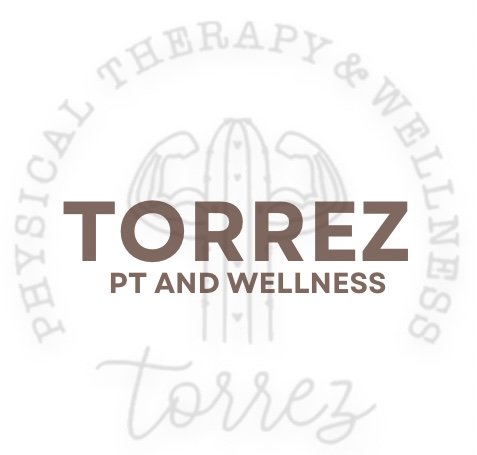Dry Needling: Let’s get straight to the point
Dry Needling, often confused and mistaken for acupuncture, involves the application of a thin monofilament needle penetrating the skin. This treats underlying muscular trigger points for the management of neuromusculoskeletal pain and movement impairments. The term “Dry Needling” comes from sticking a needle into tissue without injecting anything into it (wet needling/injection). So, what’s the difference between this and acupuncture?
Acupuncture is another phenomenal tool that involves inserting needles into the tissues, however both techniques involve different schools of thought. Acupuncture is ancient Chinese Medicine that focuses on restoring and balancing your qi (Chee) through meridian points which are also known as energy points. It is said that if energy flow is disrupted in any one of these points, it can cause a disruption in your system often manifesting in pain and disease. It has been used for thousands of years to treat various medical conditions. I definitely would recommend giving it a try if you have access to a great acupuncturist. Dry needing often gets confused with acupuncture because the same needles are used for both practices. This where the similarities end though.
Dry needling is more neuromuscular based, meaning it treats muscular conditions and can help downregulate your nervous system which is the driving force behind anything pain related. When a tissue/muscle is overused or injured the nervous system finds ways to protect the tissue. Increased tone and tension are one way the body tries to protect injured tissue. This results in rigid, stiff tissue which may be beneficial in the early stages of healing but can become detrimental if it stays like for longer periods as it often manifests as trigger points and muscle knots. These muscles knots prevent the muscle from working to its capacity and often they can become painful and agitated. Dry needling is a powerful tool because it treats dysfunctional tissue by creating a small injury to the tissues. This allows fresh blood, oxygen and nutrients to flush through the tissue which causes a disruption within the trigger point, rendering it inactive. It’s very effective for those nagging trigger points that like to linger for weeks or even months. It’s also a great tool from those suffering from chronic pain. It helps disrupt the pain signal the brain is sending to the body which can provide both short term and long-term relief when combined with corrective exercises. Although I would recommend regular dry needling sessions for maintenance to keep your tissues healthy, especially if you work out regularly, it is also something you can do on an as needed basis when you get a random painful flare up. It is recommended that you see a licensed medical professional as this is a more invasive technique. At TPTW, we are licensed and trained with over 6 years of dry needling experience. And as always TPTW is completely mobile bringing physical therapy, body work and all other wellness services to your doorstep, servicing the Greater Phoenix Area. Call/text us at 575-499-4249 to schedule an appointment today.
Yours truly,
Savannah Torrez, PT, DPT, COMT
"It always seems impossible until it's done."
